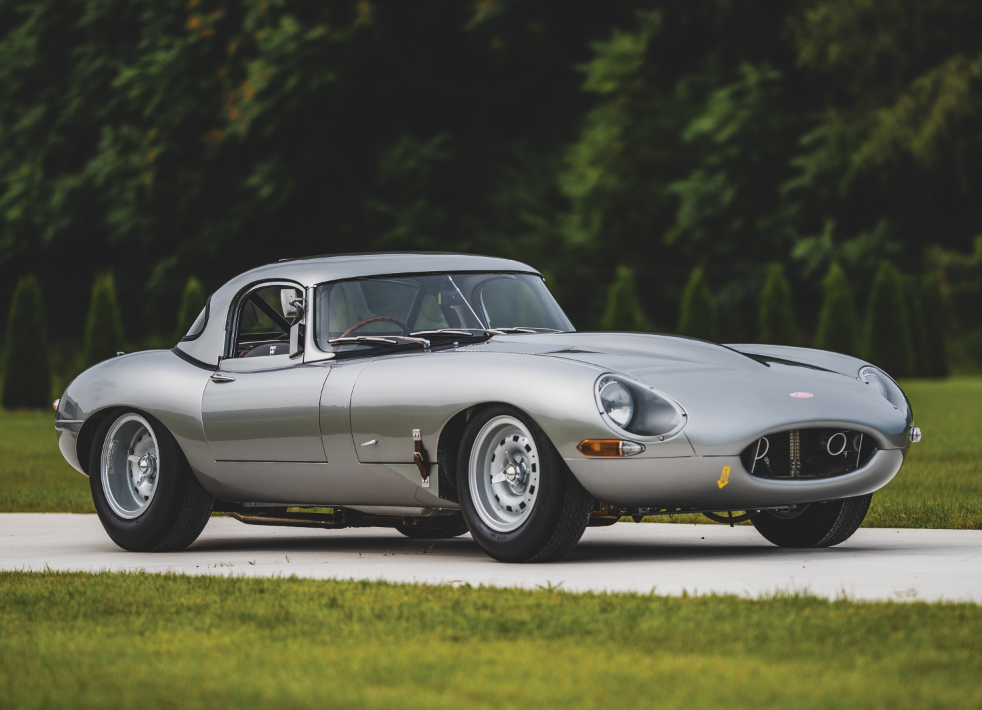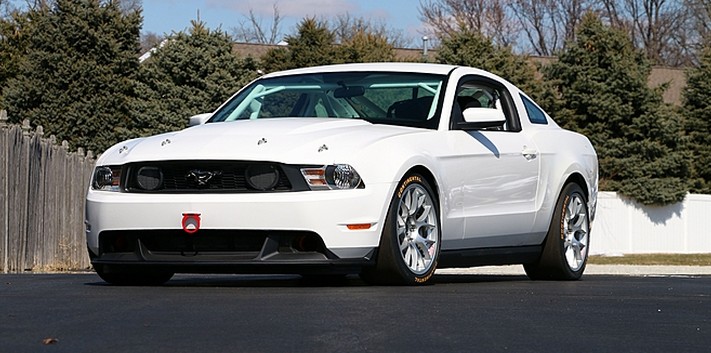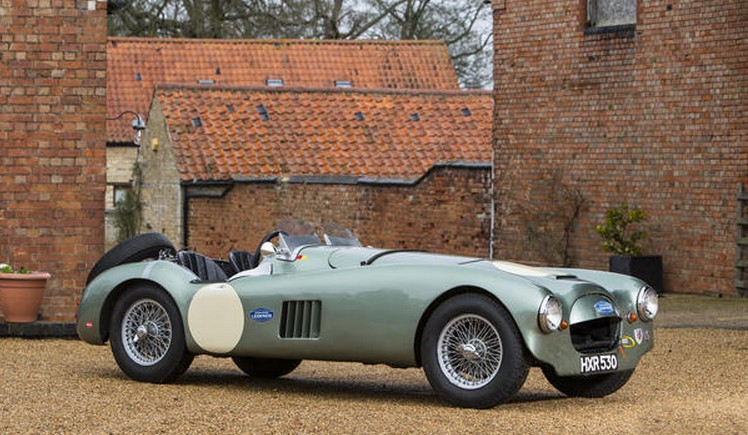Five Rare Mopars
Offered by Mecum | Kissimmee, Florida | January 6-15, 2017
1962 Dodge Dart 330 Max Wedge
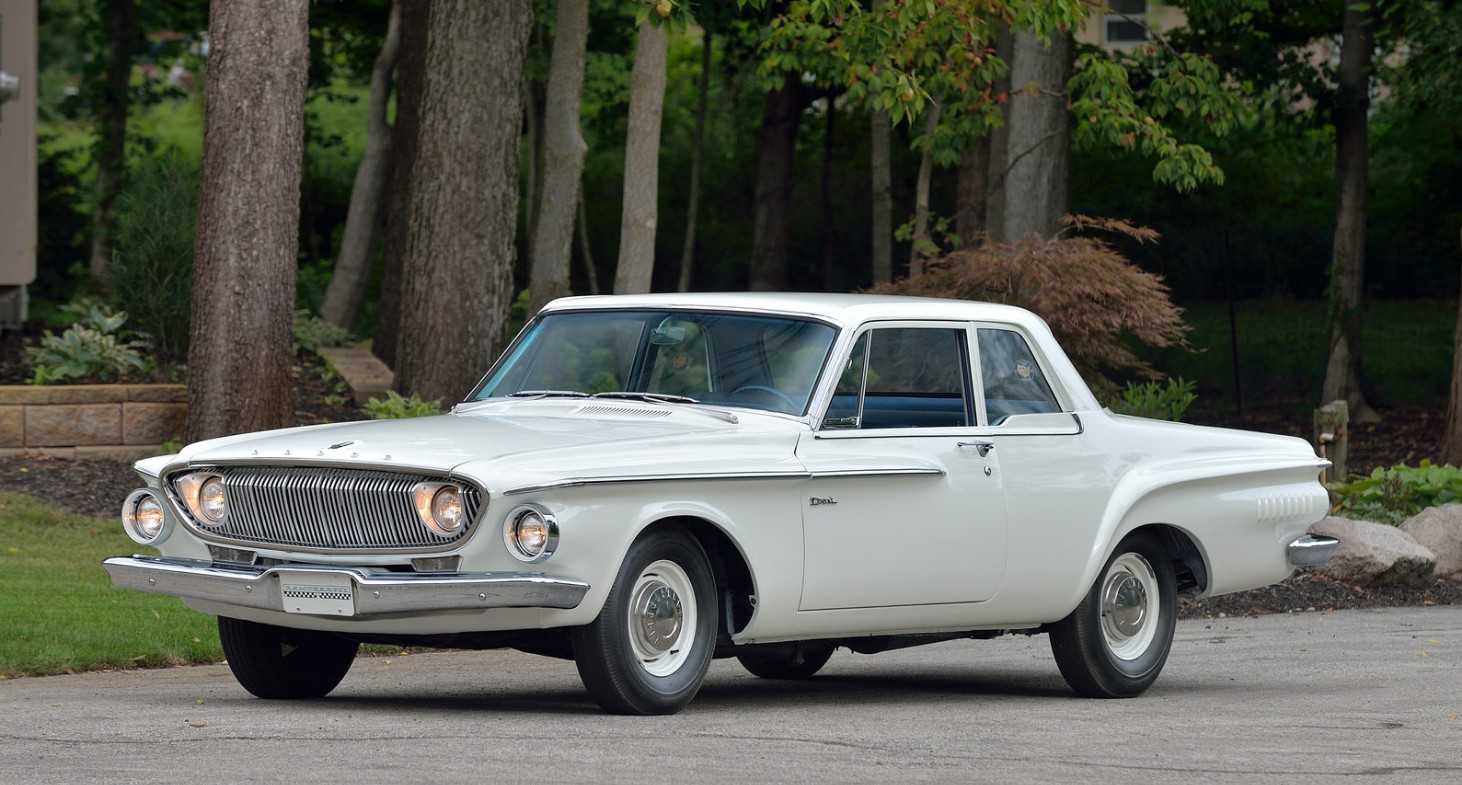
Photo – Mecum
The second-generation of the Dodge Dart was downsized from a full-size car to a mid-size car. This generation was only built for 1962 before moving to a compact platform in 1963. Three trim levels were available: the base Dart, the mid-trim Dart 330, and the top-trim Dart 440.
1962 also happened to be the year that Chrysler released an engine dubbed the Max Wedge – a 6.8-liter V-8 making 410 horsepower. It was designed to make their cars monsters at the drag strip and in the early 1960s, American automakers were perfectly happy to build low-volume versions of their high-volume family cars to dominate the ¼-mile.
This two-door sedan – likely the only body style you could get this engine – has been fully restored and is an authentic Max Wedge car. Production numbers are hard to come by, but about 25,500 ’62 Dart 330s were built (total of all five body styles) and there were approximately 13,500 Two-Door Sedans built across all Dart trim levels. The closest estimate I have to the number of Max Wedge Darts is 210. This one should bring between $85,000-$110,000. Click here for more info and here for more from this sale.
1963 Dodge 330 Max Wedge

Photo – Mecum
The “330” was a trim line introduced by Dodge in 1962 and in 1963, they separated it off and it became its own model. Between 1963 and 1964 it was a full size Dodge before it was replaced by the Dodge 880 for 1965.
1963 was a good year for the Max Wedge as it was virtually unbeatable at the drag strip. The 7.0-liter V-8 put out 425 horsepower and was geared to go a quarter of mile at a time. This example has been beautifully restored and it is one of about 64,100 330s built in 1963. Of those, only 162 were fitted with this engine and this one should bring between $90,000-$120,000. Click here for more info and here for more from Mecum.
Update: Sold $70,000.
1963 Dodge Polara 500 Max Wedge

Photo – Mecum
The Dodge Polara was a full-size Dodge and the second generation of the car was built between 1962 and 1964. For 1963, the Polara was available in two trim levels, the base Polara and the performance model dubbed the “500.” The Polara was essentially the same as the ’63 Dodge 440 except that it had backup lights. The 500 trim level added a base V-8, bucket seats and more interior niceties.
So what we have here is a 7.0-liter, 425 horsepower V-8 shoehorned into a well-appointed luxury two-door sedan. It was built as a customer order and never raced. It shows 36,000 miles and is one of about 39,800 Polaras produced in 1963. Of those, about 7,300 were Polara 500s and only five of those have the Max Wedge engine. This rarity will bring between $85,000-$115,000. Click here for more info and here for more from this sale.
1964 Dodge 440 Max Wedge Lightweight
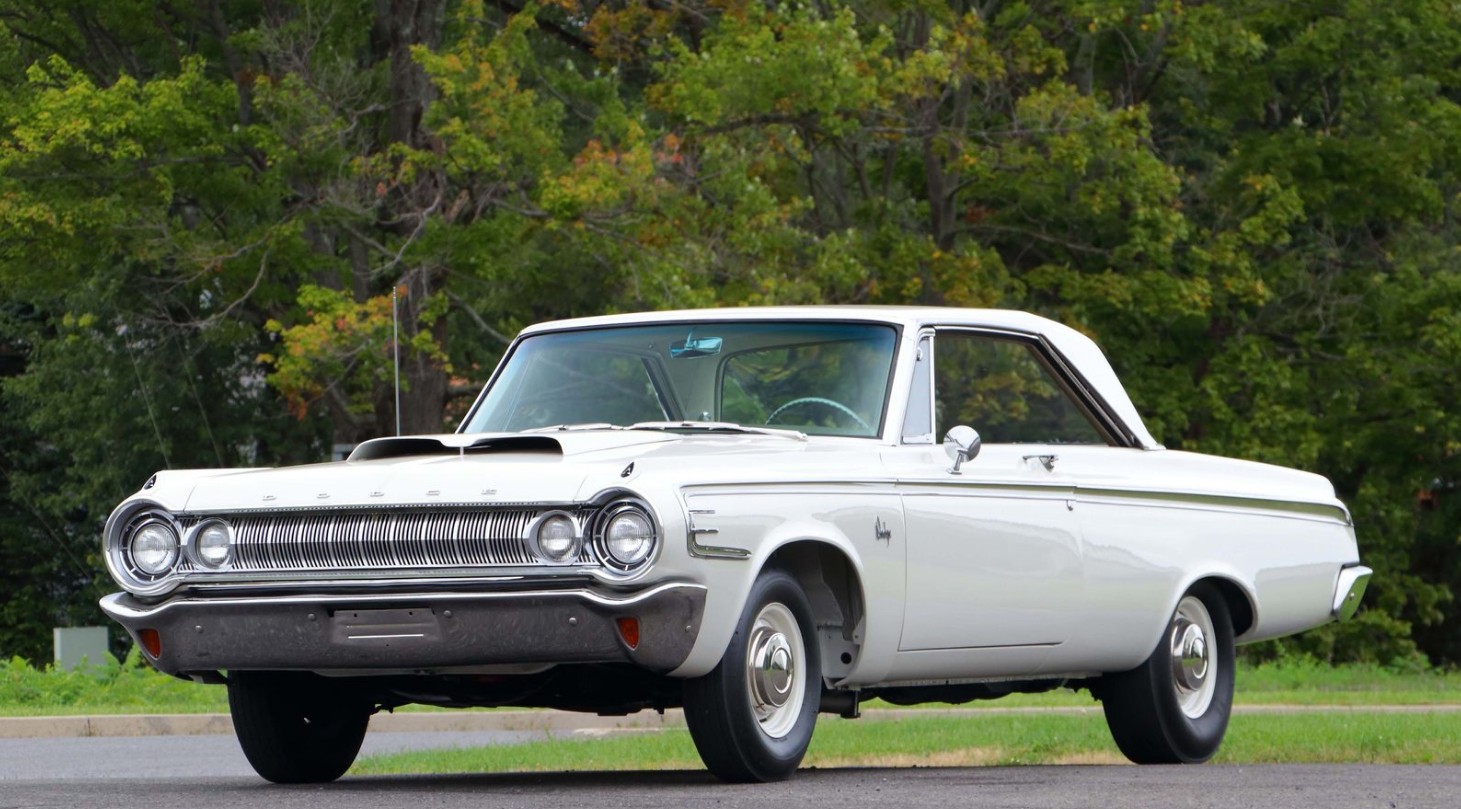
Photo – Mecum
The 440 was a trim-line on the 1962 Dodge Dart and for 1963 and 1964 it became its own full-size Dodge. Five body styles were offered and this two-door hardtop coupe will actually seat six. It was a step up from the Dodge 330 but a step below the Dodge Polara.
The engine is a 425 horsepower, 7.0-liter Max Wedge V-8 and it’s also a factory Lightweight. It’s had unnecessary weight stripped out and lightweight panels added where appropriate. Coupled with the big engine, this was a drag strip beast. It’s one of only 10 such cars built and should bring between $200,000-$250,000. Click here for more info and here for more from this sale.
Update: Not sold, high bid of $140,000.
1964 Plymouth Belvedere Max Wedge Lightweight
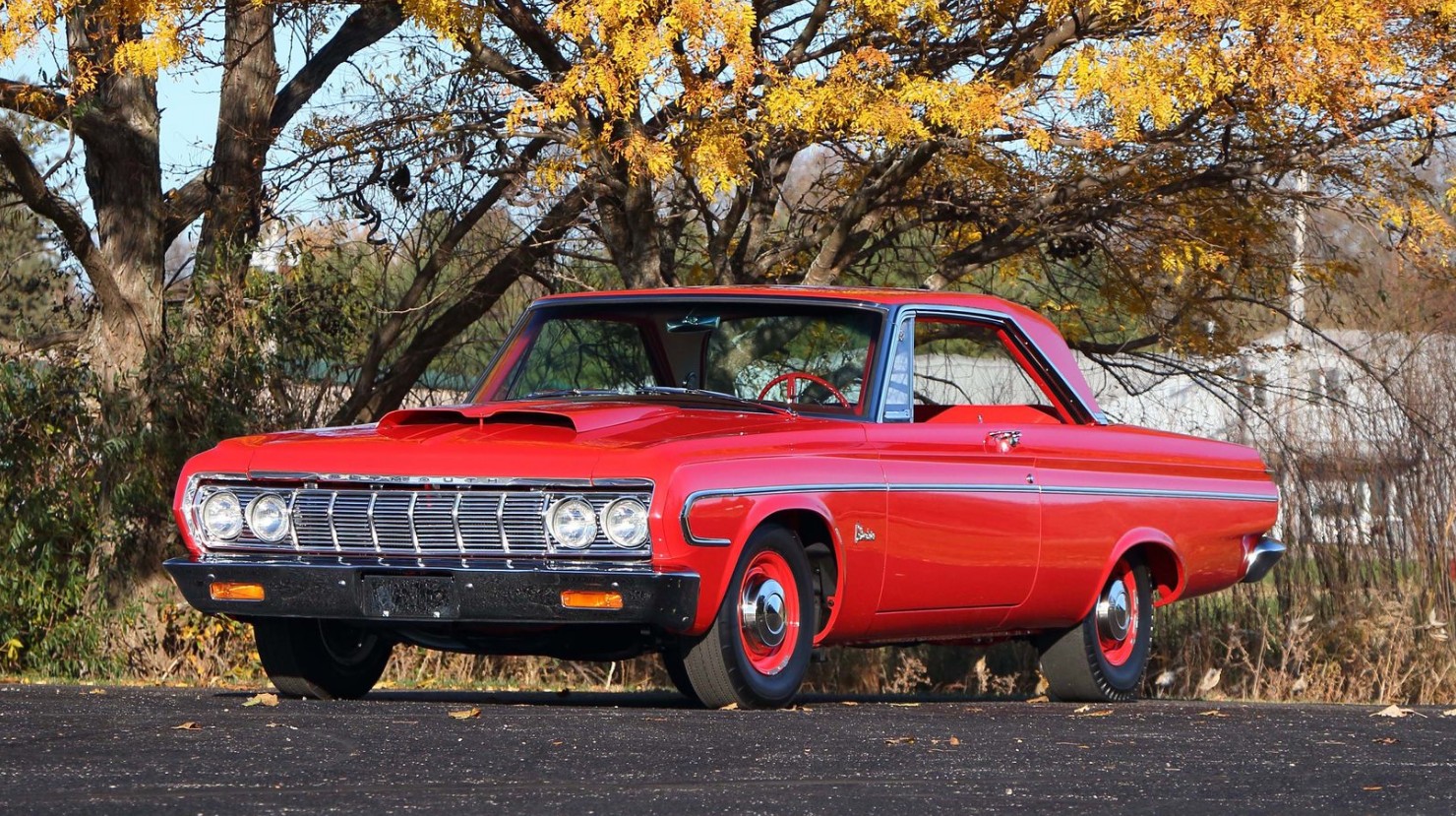
Photo – Mecum
The fifth generation Plymouth Belvedere was built between 1962 and 1964. For this generation the car got smaller and slotted in between the Savoy and the Fury. Offered in five body styles, this two-door hardtop could be had with a slew of engine choices.
But this example has a 7.0-liter Max Wedge V-8 making 425 horsepower. It was the final year for the Max Wedge engine before the “Hemi” made its debut. It’s a factory lightweight, so it has aluminium body panels in places. Fully restored to its correct color, this is one of just 14 Max Wedge Lightweights produced for the 1964 Belvedere. In all, 16,334 hardtop Belvederes were made in 1964. This one should bring between $125,000-$150,000. Click here for more info and here for more from Mecum.
Update: Sold $140,000.
